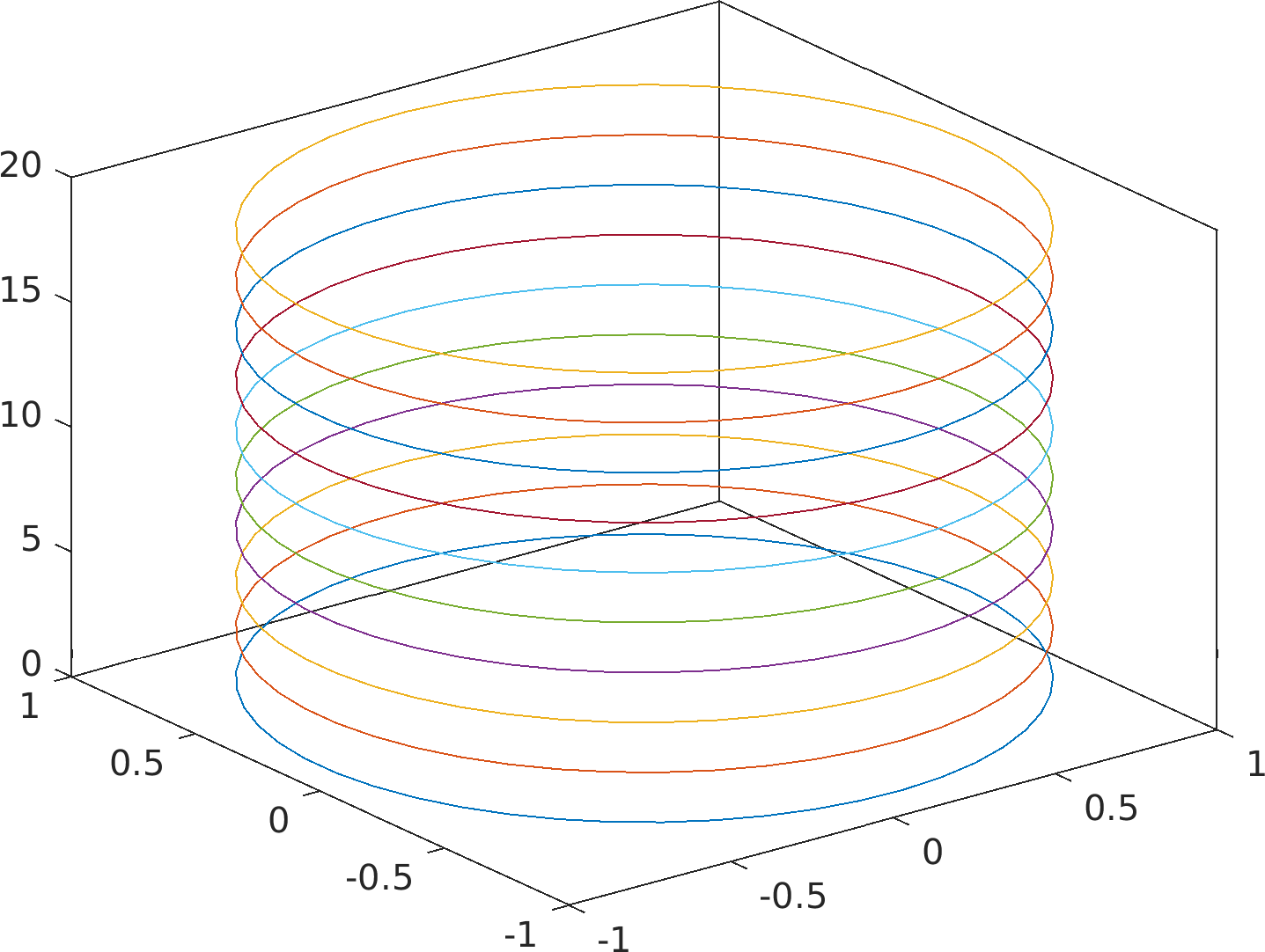
|
ParaMonte MATLAB 3.0.0
Parallel Monte Carlo and Machine Learning Library
See the latest version documentation. |

|
ParaMonte MATLAB 3.0.0
Parallel Monte Carlo and Machine Learning Library
See the latest version documentation. |
Go to the source code of this file.
Functions | |
| function | getBorders (in gramian, in center, in zval, in npnt) |
Return a matrix of MATLAB doubles of shape [npnt, 2 * nell] (or [npnt, 3 * nell] if the input zval is present) containing the 2D (or 3D) coordinates of a set of points on the boundary of a set of 2D ellipsoids whose Gramian matrices and centers are specified as input argument.More... | |
| function getBorders | ( | in | gramian, |
| in | center, | ||
| in | zval, | ||
| in | npnt | ||
| ) |
Return a matrix of MATLAB doubles of shape [npnt, 2 * nell] (or [npnt, 3 * nell] if the input zval is present) containing the 2D (or 3D) coordinates of a set of points on the boundary of a set of 2D ellipsoids whose Gramian matrices and centers are specified as input argument.
Here nell refers to the number of ellipsoids which is equal to 2 * max(1, size(gramian, 3), size(center, 2)).
| [in] | gramian | : The input matrix of MATLAB doubles of shape [2, 2, nell] containing the Gramian matrices of the nell 2D ellipsoids whose boundary points are to be returned.(optional, default = eye(2, 2, 1)) |
| [in] | center | : The input matrix of MATLAB doubles of shape [2, nell] containing the 2D coordinates of the centers of the nell 2D ellipsoids whose boundary points are to be returned.(optional, default = zeros(2, 1)) |
| [in] | zval | : The input scalar (or matrix of shape [npnt, nell] of) MATLAB double(s) containing the z-axis coordinates of the points on the borders of the nell 2D ellipsoids.If present, the specified value(s) will occupy the [1 : 2 : 3 * nell] columns of the output bcrd.This argument is present for the sake of convenience and better performance of the algorithm to avoid further reallocations. (optional. If not present or empty, it will not be present in the output.) |
| [in] | npnt | : The input scalar MATLAB whole number containing the number of points to return on the boundary of the target 2D ellipsoid. (optional, default = 50) |
bcrd : The output matrix of MATLAB doubles of shape [npnt, 2 * nell] (or [npnt, 3 * nell] if the input argument zval is present) containing the coordinates of a set of npnt points on the boundary of the target 2D ellipsoid.
Possible calling interfaces ⛓
npnt == size(zval, 1) must hold for the corresponding input arguments.
Example usage ⛓


Final Remarks ⛓
If you believe this algorithm or its documentation can be improved, we appreciate your contribution and help to edit this page's documentation and source file on GitHub.
For details on the naming abbreviations, see this page.
For details on the naming conventions, see this page.
This software is distributed under the MIT license with additional terms outlined below.
This software is available to the public under a highly permissive license.
Help us justify its continued development and maintenance by acknowledging its benefit to society, distributing it, and contributing to it.